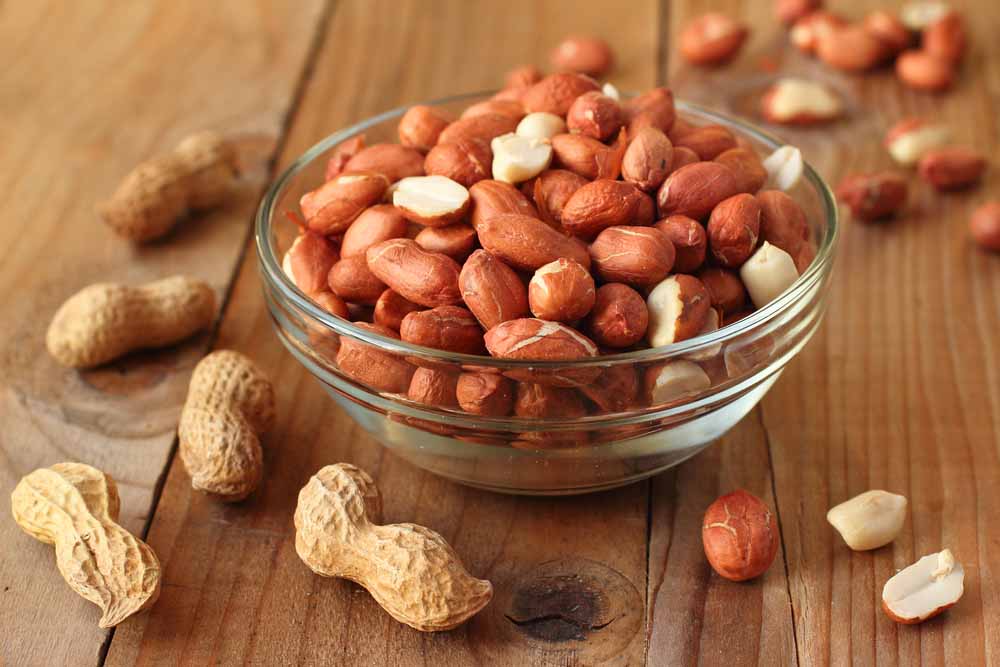
Peanuts: they’re part of some people’s fondest childhood memories while being the bane of others’ existence. Some parents happily pack a peanut butter and jelly sandwich. They know it will bring a smile to their child’s face. Peanuts also offer nutritional benefits. However, parents of children with severe peanut allergies face a different reality. They must scrutinize every birthday party cupcake. They check every piece of Halloween candy. Reading the ingredient label of every food before it goes into their grocery cart.
Peanut allergies have sharply increased in recent years. Potentially fatal anaphylactic reactions have occurred. This has led some entire schools to become “peanut-free zones.” Peanut allergies are serious. However, those without sensitivity can safely eat them. For these individuals, peanuts are more than just a lunchbox favorite or ballgame snack.
Peanuts are nutritionally important in some parts of the world. They are a key source of inexpensive protein. They are also a major source of cooking oil. Slight differences may exist among peanut varieties like Valencia and Virginia. Overall, peanuts are packed with micronutrients. They are high in vitamin E, thiamin, niacin, folate, and pantothenic acid. Their mineral content is also impressive.
Peanuts provide substantial iron, magnesium, phosphorus, potassium, zinc, copper, and manganese. They have more fat than other legumes. However, this fat is mainly monounsaturated oleic acid. This is the same type found in olive oil, avocados, and macadamias. Peanuts also contain a significant amount of the omega-6 fat, linoleic acid. They have very little omega-3. This results in an n-6:n-3 ratio highly skewed toward n-6. The overall polyunsaturated fat content of peanuts is around 31%. Now, there are “high oleic” peanut cultivars. In these, monounsaturated fat makes up nearly 80% of the total fat content.
The omega-6 content isn’t a big problem with portion control. However, for unclear reasons, people find it harder to be moderate with peanut butter. This is compared to almond or cashew butter. It’s easy to sit with the jar and a spoon. Suddenly, the 2-tablespoon serving size is a distant memory! Perhaps peanut butter is inherently more delicious. Or maybe the cost is the key factor. Peanut butter is much more budget-friendly than almond and cashew butter.
The Food Allergy Research & Education organization states, “Peanut allergies tend to be lifelong. Studies indicate that about 20 percent of children with peanut allergy eventually outgrow it.”
Studies also suggest that pregnant women who eat peanuts and tree nuts have offspring with a lower chance of allergies to these foods. A nursing journal article noted, “Maternal nut consumption does not appear to increase the risk of nut allergy in offspring. It may even protect against it.” This in utero exposure may increase tolerance to peanut allergens. Peanut consumption in the first few years of life might also help.
People who can enjoy peanuts without problems are lucky. Peanuts have an impressive micronutrient content. They are also rich in resveratrol, phenolic acids, CoQ10, flavonoids, and phytosterols. Phytosterols may favorably affect an individual’s lipid profile.
Peanuts are low in methionine, tryptophan, and histidine. These are essential amino acids. However, their amino acid score is otherwise quite impressive. Tree nuts and peanuts have gained attention recently. This is due to their general health benefits. These include a reduced risk for cholecystectomy in women. This might be due to the healthy fat content. Other benefits include improved cardiovascular health biomarkers and improvement of metabolic syndrome.
Data from the large-scale Nurses’ Health Study indicated that peanuts and peanut butter may help reduce the risk for type 2 diabetes. However, the researchers noted that peanut butter is very calorie-dense. People should use it to replace calories from refined grains and processed meats. They should not eat it in addition to their usual diet.
Of course, unsweetened peanuts and peanut butter are best. The benefits of peanuts don’t necessarily apply to chocolate peanut butter cups. They also don’t fully apply to peanut butter flavored breakfast cereals or peanut butter swirl ice cream. If only! But sweet peanut butter treats aren’t entirely off-limits. Those on a strict Paleo diet avoid peanuts. However, those who are low carb but eat legumes have many chocolate peanut butter recipes available. There’s even a no-bake peanut butter cheesecake!
As always, context is key in patients’ diets. Some must avoid peanuts entirely. Others can use them as a cheap source of protein and healthy fat. And let’s not forget their deliciousness.


